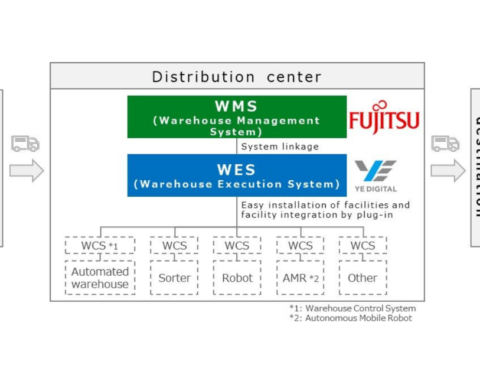3 mins read
Fujitsu Develops Software To Self-Diagnose The Replacement Timing Of Server Power-Supply Units

Fujitsu Laboratories Ltd. has developed a self-diagnostic
Tags:
- fujitsu (fts) limited
- fujitsu japan
- fujitsu laboratories of america
- fujitsu laptop
- fujitsu laptops fujitsu technology solutions fz llc
- Fujitsu Limited
- fujitsu noida
- fujitsu technology solutions
- fujitsu technology solutions fze
- fujitsu technology solutions germany
- fujitsu technology solutions gmbh
- fujitsu technology solutions s26391f161b225
- fujitsu wiki
- fujitsuts
- http www fujitsu com fts






